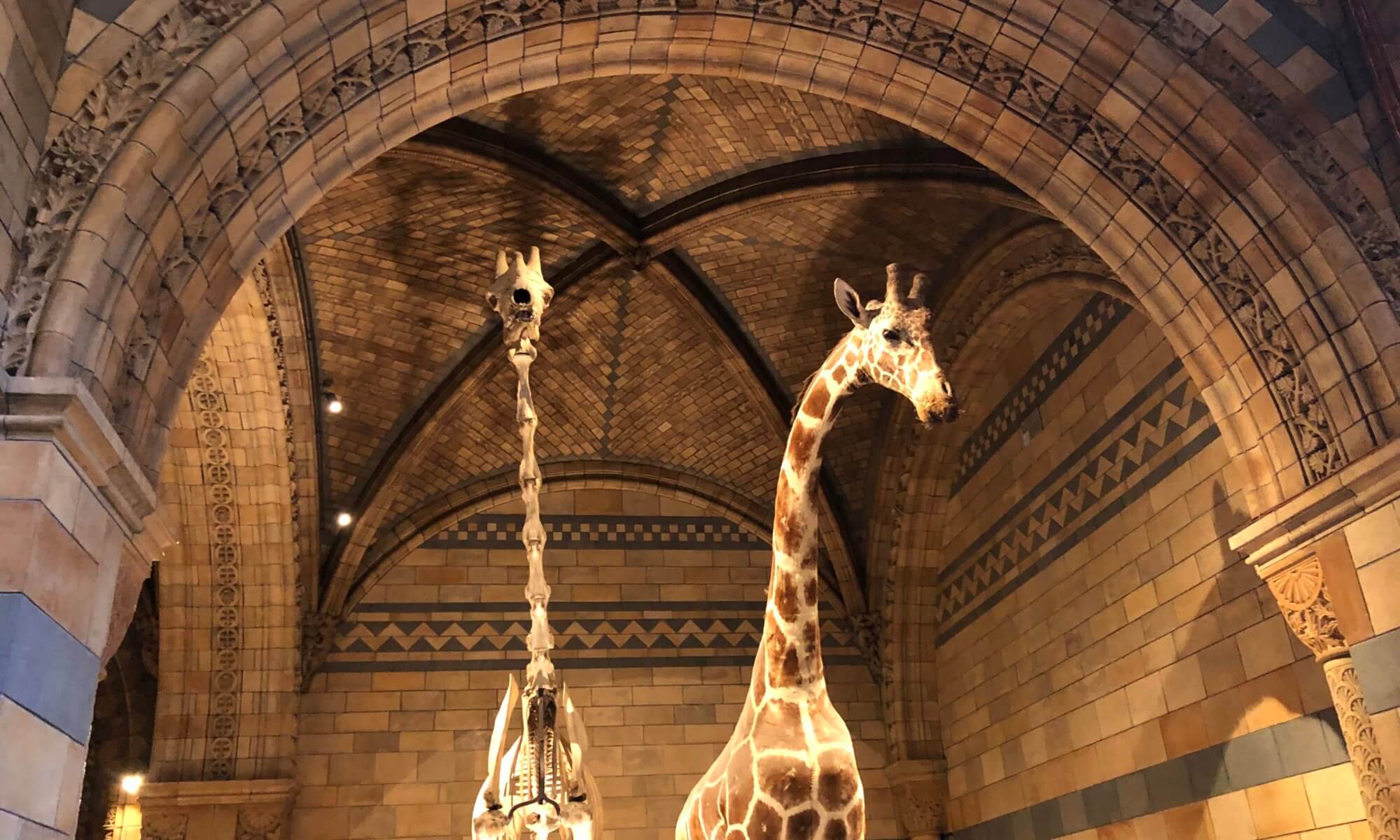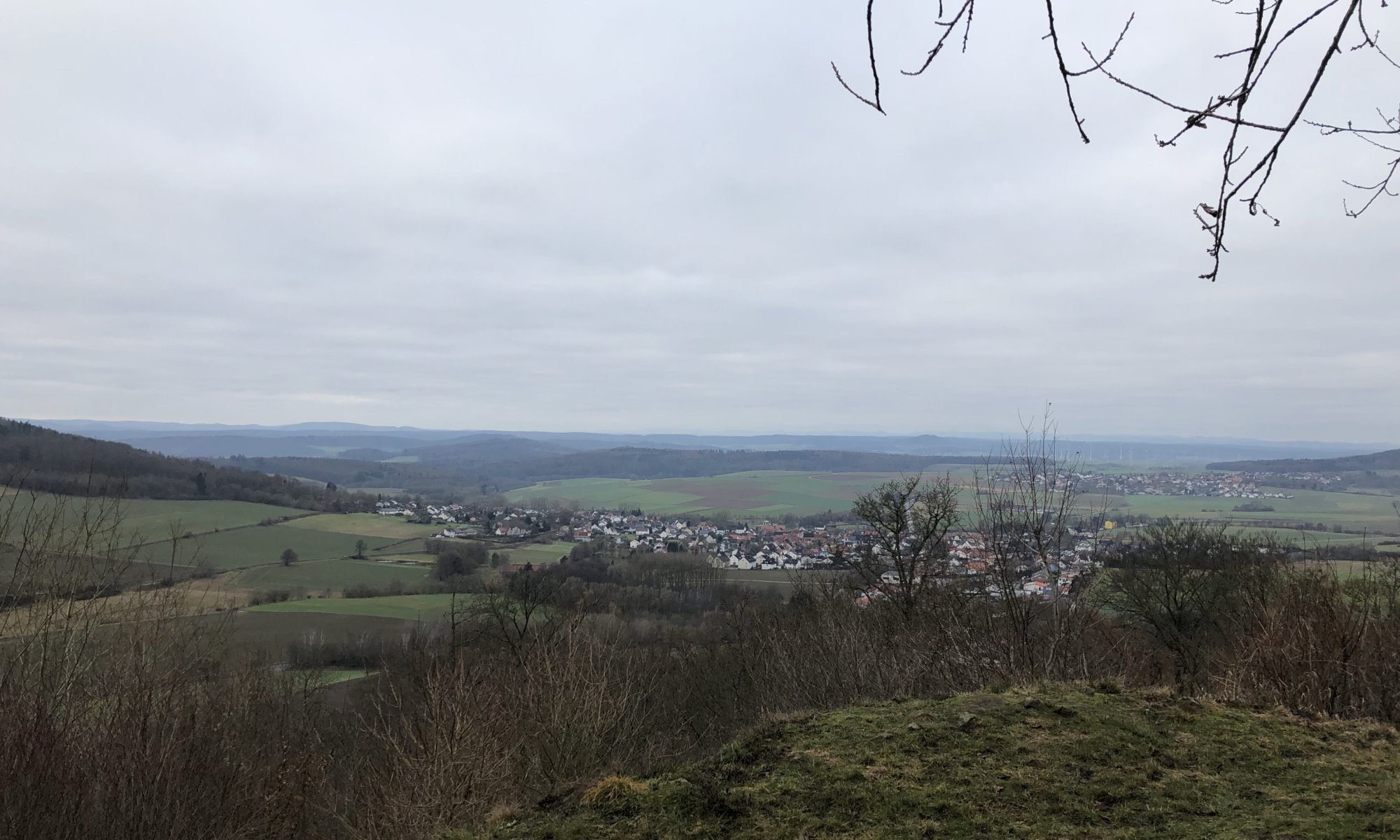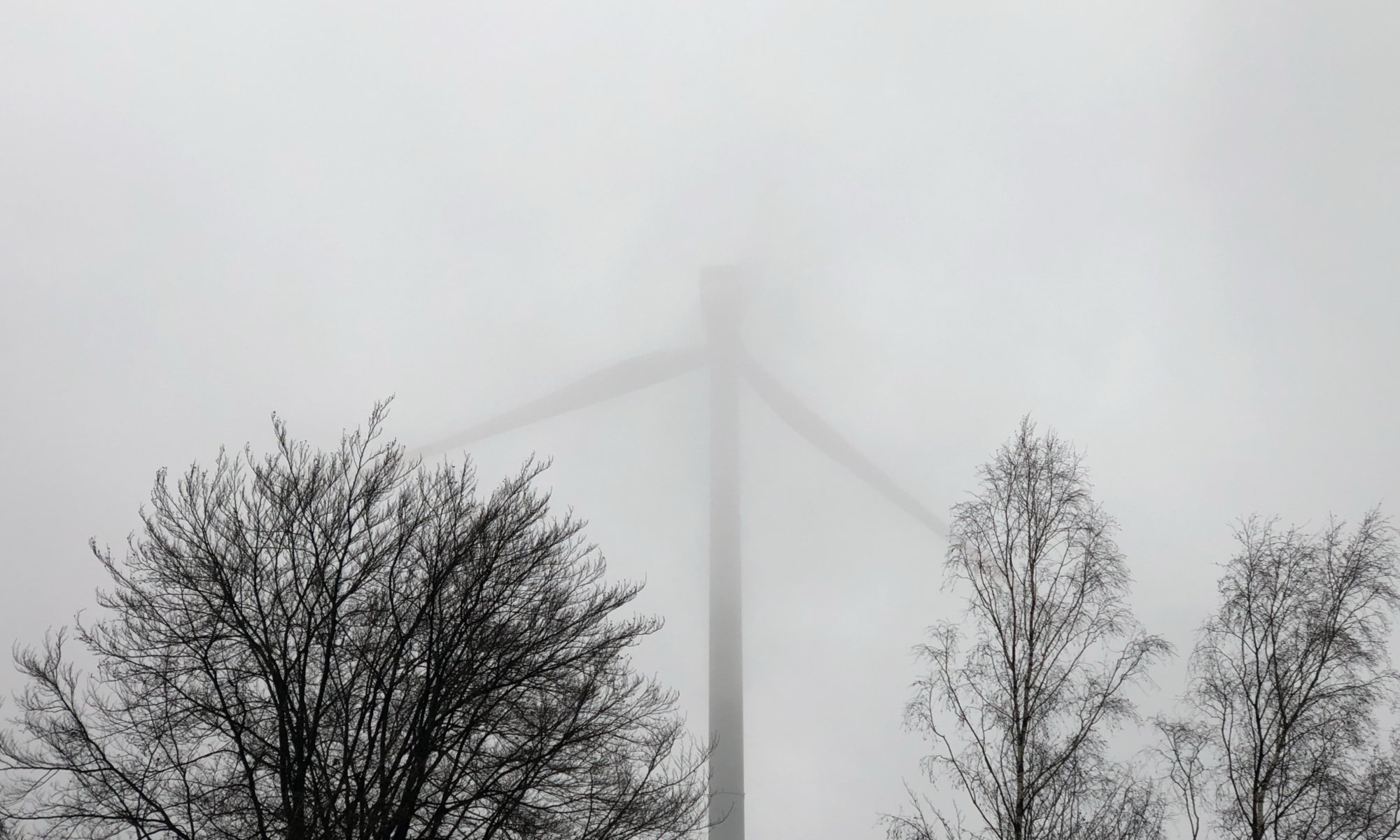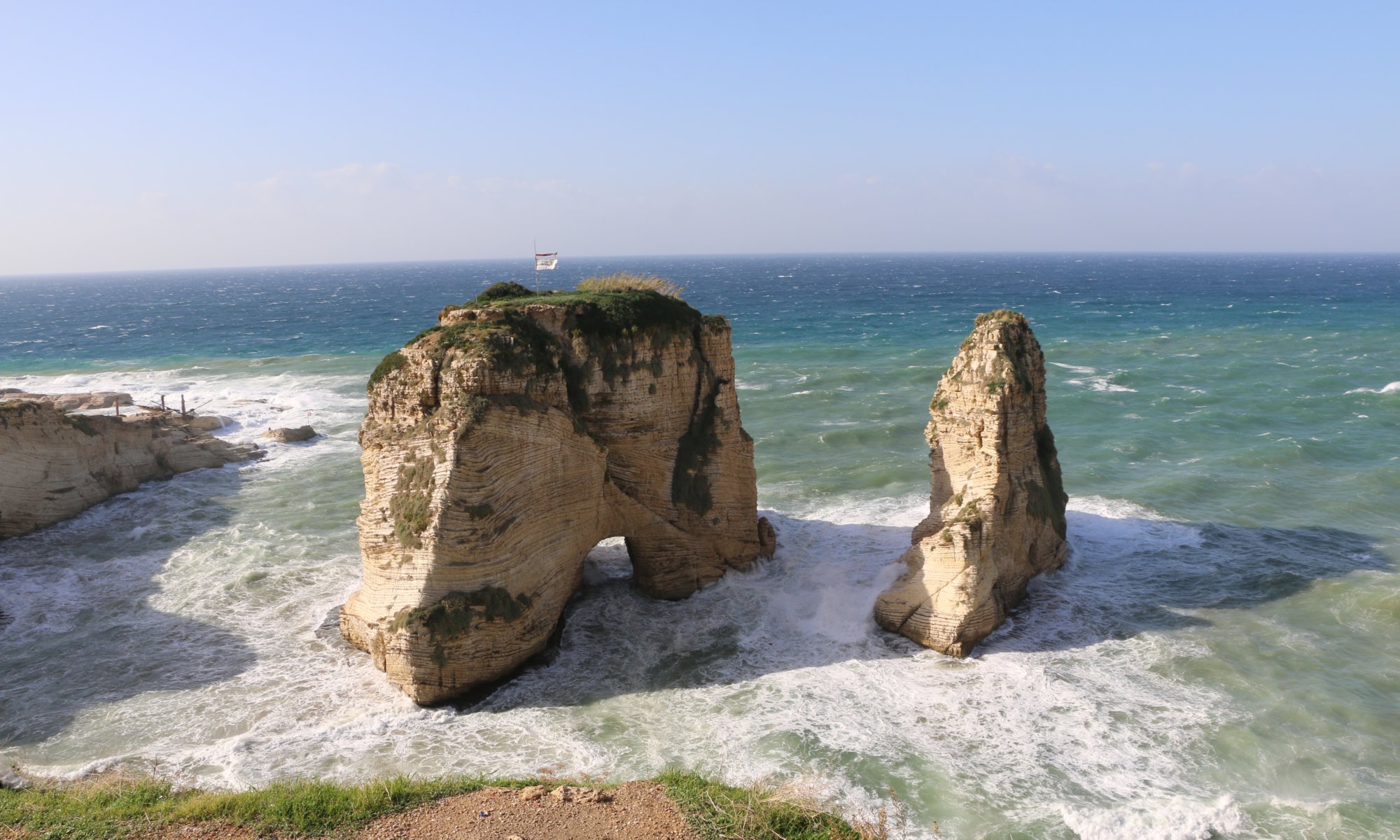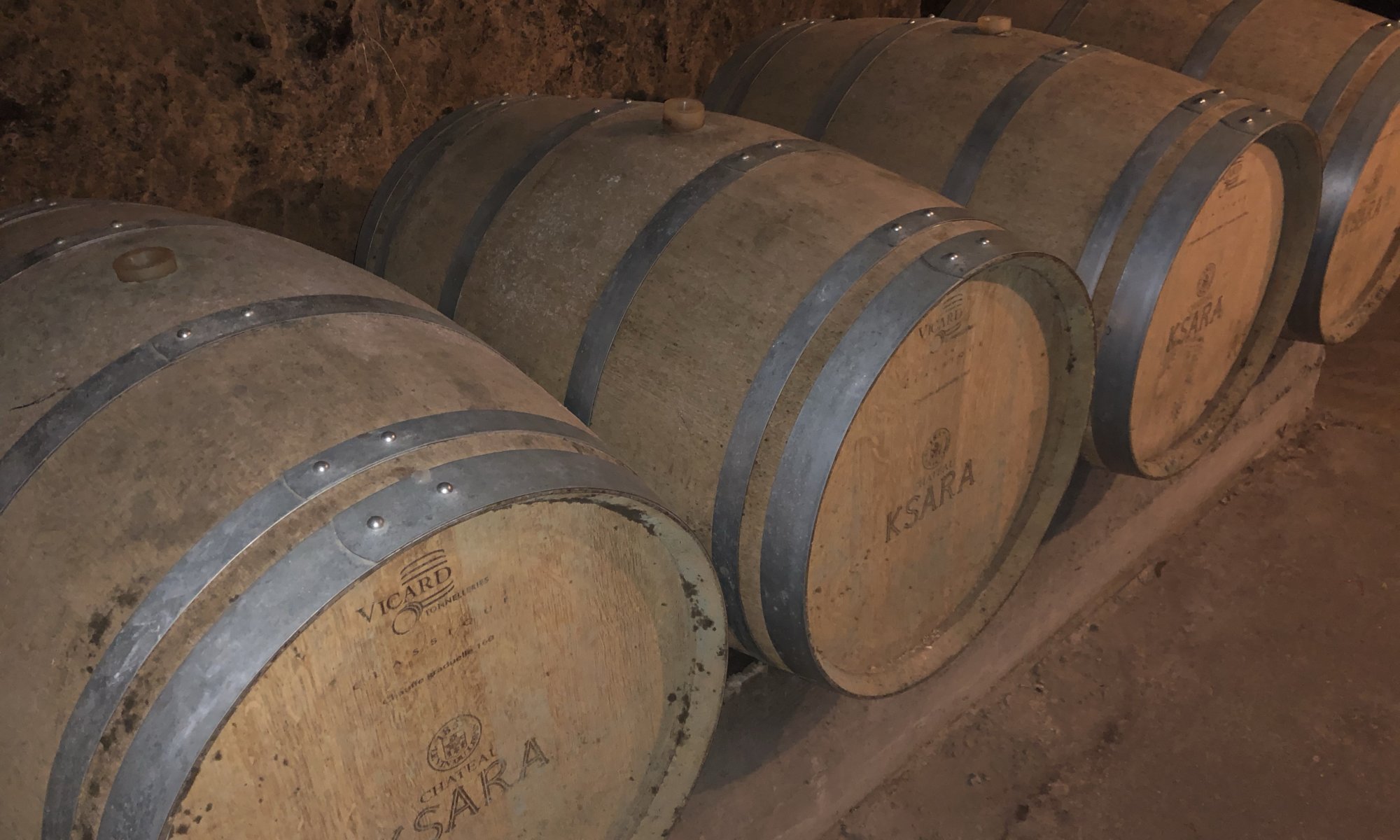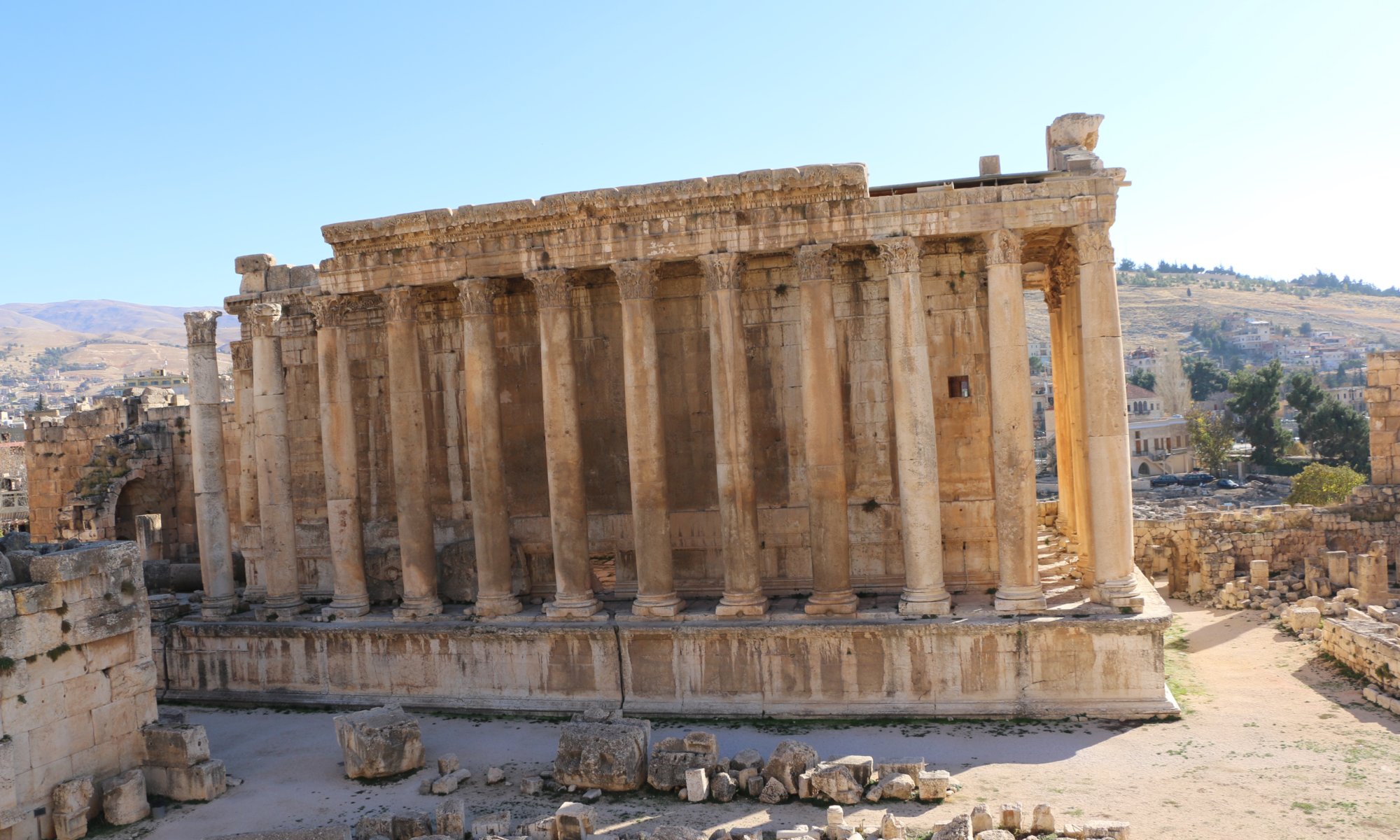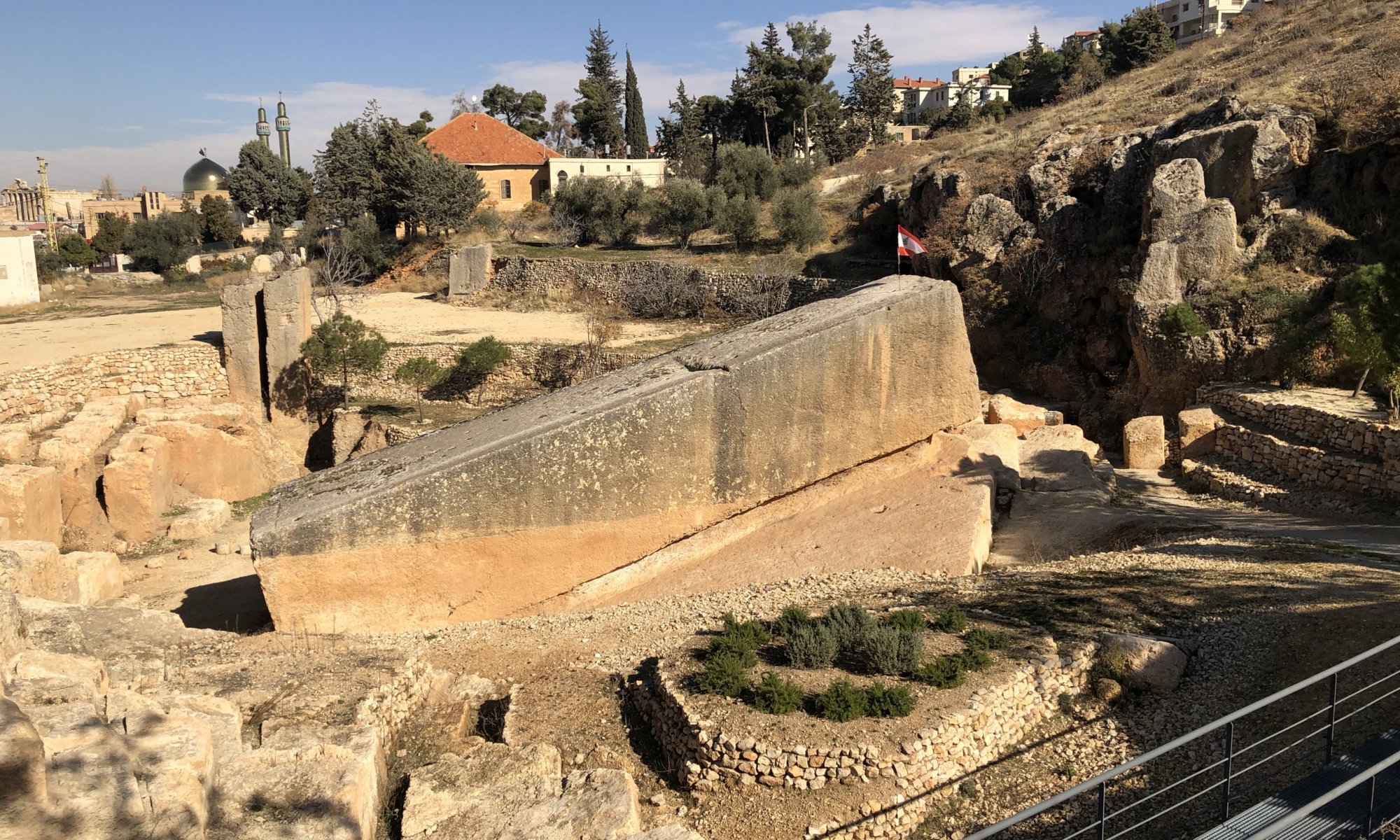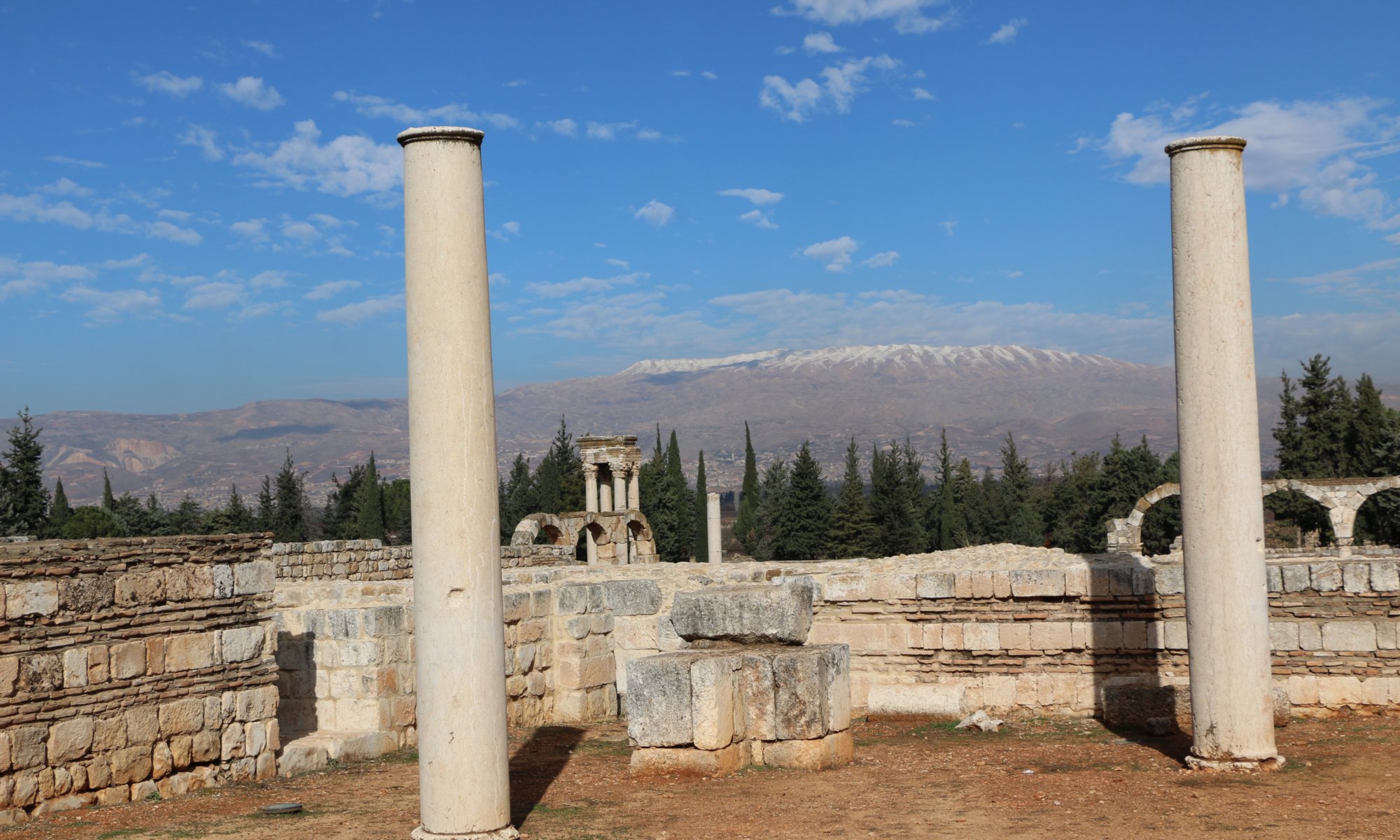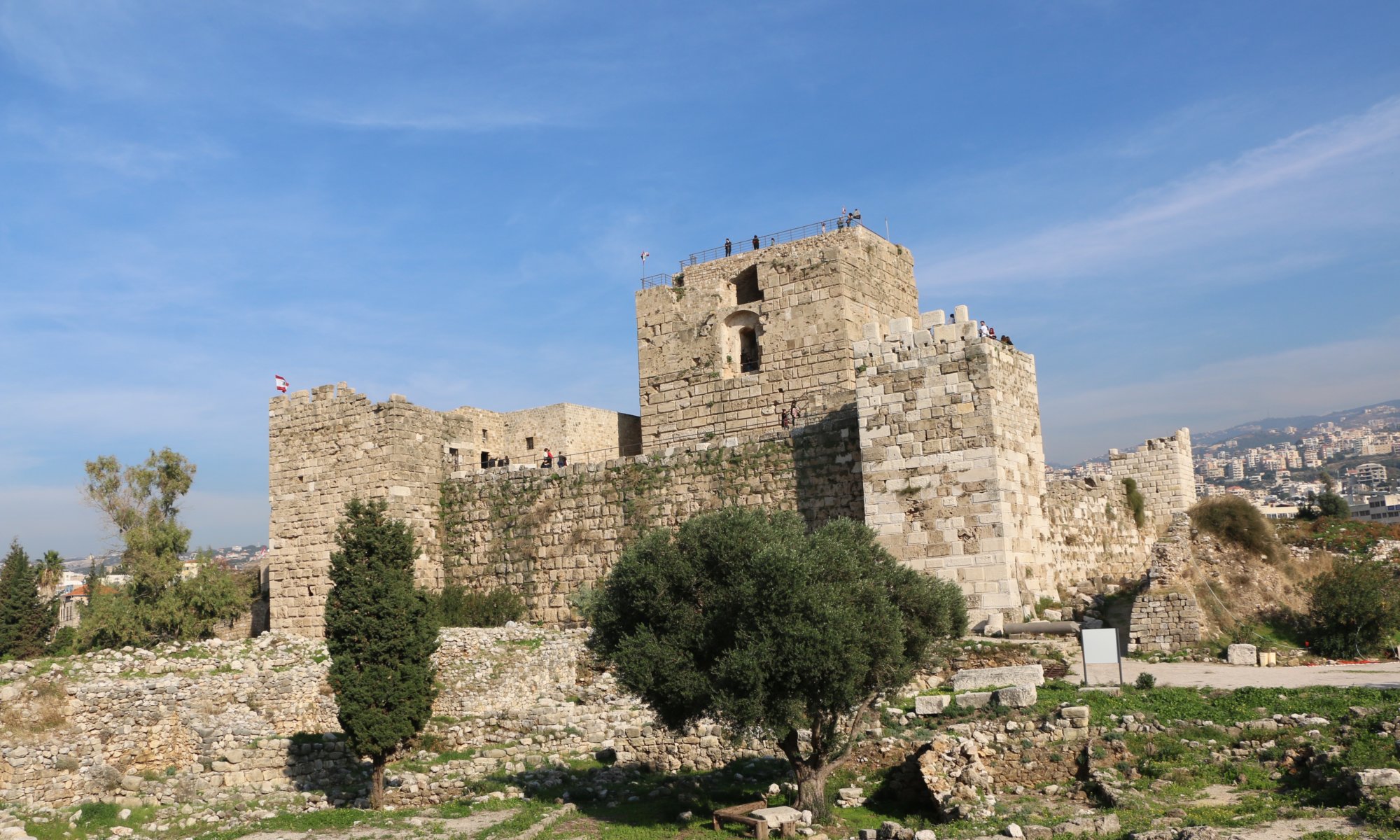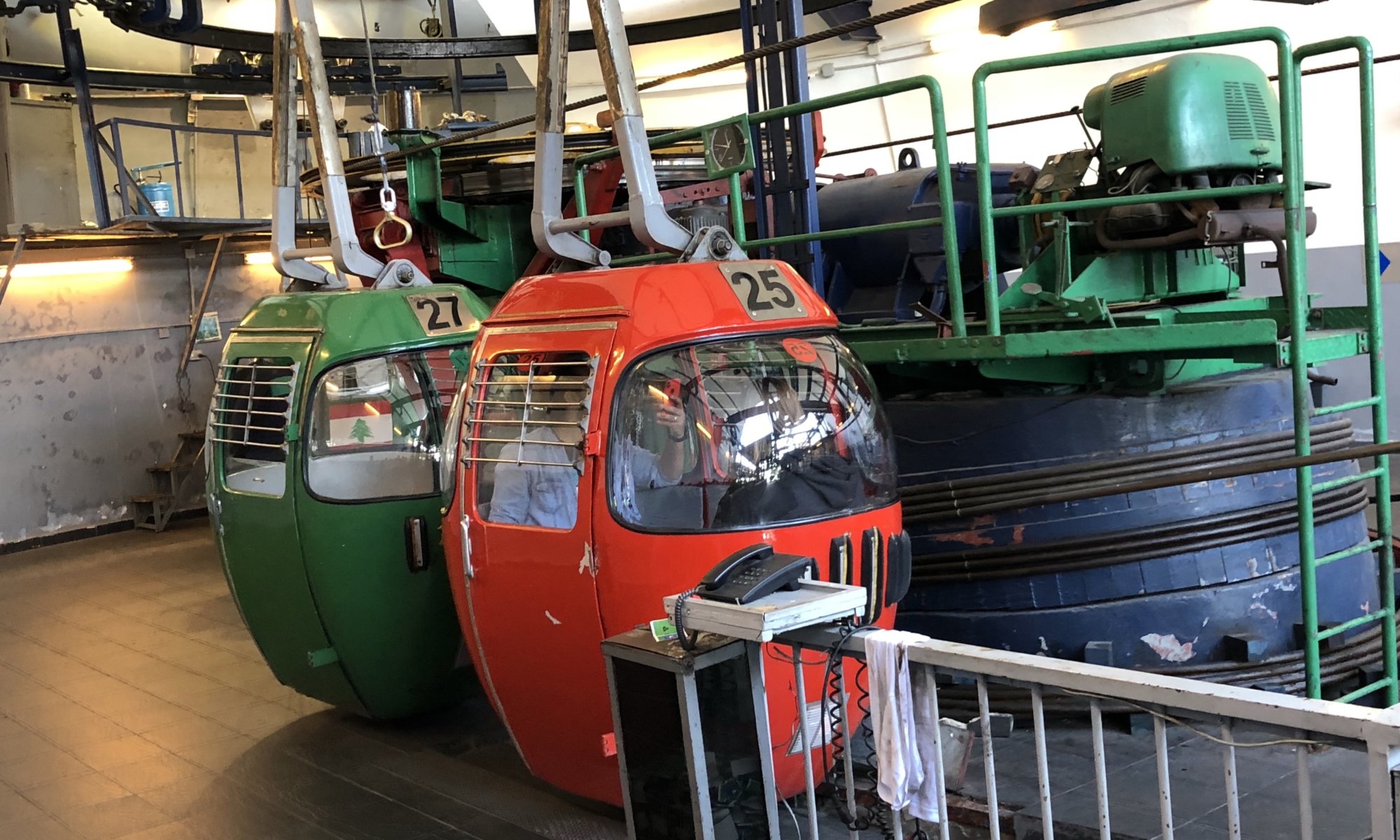The municipality of Schauenburg, Germany, is (like also, for example, Baunatal) a combination of different villages: Breitenbach, Elgershausen, Elmshagen, Hoof and Martinhagen. Its centre is at Hoof and the symbol of the municipality is the Schauenburg, a former fortification on a volcanic cone (the Burgberg). It dates back to the 11th century CE and the structures are clearly visible on top of the mountain – different walls are still standing and even some crop plants from these times have survived.
Continue reading “Burgruine Schauenburg”Söhre
The Söhre is a far-spread mountain range with beautiful forests close to Kassel, Germany. At its centre, a municipality called Söhrewald can be found but the Söhre also reaches into municipalities like Lohfelden, Guxhagen, Fuldabrück, Helsa, Kaufungen or Hessisch Lichtenau. It is an area beloved for nice hiking tracks and different routes like the Märchenlandweg or the Kassel-Steig guide you through it. The Söhre is closely linked to Kassel as brown coal was found there and transported via the Söhrebahn to the city. This created many villages along the track that today people live at that commute to Kassel.
Continue reading “Söhre”Pigeons‘ rocks
The Pigeons’ rocks or Raouché rocks are a rock formation consisting of two large rocks standing at the shore of the Mediterranean Sea – surrounded by water and waves. They are located in the West of بيروت, Lebanon, belonging to an area called Raouché or Ras Beirut (‘Head of Beirut‘). These iconic rocks are a town’s landmark of the city and often visited by tourists and locals. It is believed that the rocks have split up from the mainland around the 13th century CE. On them, archaeologists discovered tools and flintstones of early humanity.
Continue reading “Pigeons‘ rocks”Château Ksara
The landscape of Lebanon is totally different from other countries of the Middle East. You won’t find deserts there – because of the high mountains it is a green country and you can even go skiing. The Beqaa valley is used to grow all sorts of fruits and vegetables (formerly also hashish and opium, but that is another story) and of course wine grapes. Different vineyards can be found and the Château Ksara at زحلة is the oldest and most visited. It was founded in 1857 by Jesuit priests because they needed wine for religious purposes.
Continue reading “Château Ksara”Baalbek
One of the very good reasons to travel to Lebanon is the historic temple site of بعلبك. Baalbek is located in a strategically important position of the Beqaa valley and was once called Heliopolis (the city of the sun). There the Romans built temples to worship their gods between the 2nd and 3rd century CE. The site is vast and temples for Jupiter, Mercurio, Venus and Bacchus can be found. The temple of Mercurio is mostly destroyed, the temple of Venus is preserved only in parts. Most interesting and best-preserved are the temples for Jupiter (the highest god) and for Bacchus – the god of wine.
Continue reading “Baalbek”Biggest stone
There seems to be a competition around the world who has the biggest monolith. Is it in Lebanon, in Egypt or in China? When you get to بعلبك, Lebanon you can visit the Roman quarry in which the stones for the Baalbek temples have been carved and at its centre, you’ll see the Hajjar al-Hibla (Stone of the South or Stone of the Pregnant Woman). The monolith with a weight of 1,000 t is 20 meters long and has been carved but not yet moved to the temple site.
Continue reading “Biggest stone”Umayyad city ruins
The Umayyads might be unknown to most Europeans. It is a clan of the Quraysh, the Arabian tribe from Mecca whom also the prophet Muhammad belonged to. They were the ones who conquered Spain and when their caliphate was at the greatest extent it reached from there via Northern Africa to the Middle East, the Arabian peninsula and Western Asia. At عنجر, Lebanon you can visit the ruins of one of their cities created in the 8th century – which is today a UNESCO world heritage site.
Continue reading “Umayyad city ruins”Crusader castle
The crusader’s castle or castle Gibelet at جبيل, Lebanon, is a fortification dating back to the year 1103. When the Christian crusaders came to conquer the Holy Land and Jerusalem they needed ports – and Byblos was one of them. The castle was built from material taken from ancient temples of the city. Still today you can see how they fortified the walls of the castle by using parts of columns of the temples – which consisted of stronger material typically imported from Egypt.
Continue reading “Crusader castle”Rocket man
The most amazing cable car ride of my life! If you want to visit the Shrine of Our Lady of Lebanon located on mountain حريصا (Harissa) 650 meters above sea level you can go by car on bumpy roads up the mountain or you can feel like rocket man by using the téléphérique from Jounieh – a gondola lift with gondolas that are not running continuously but are connected to the system when needed. And these gondolas are started with quite some speed.
Continue reading “Rocket man”Our Lady of Lebanon
Lebanon was supposed to be a Christian state. After World War I a mandate was issued by the League of Nations to France – they were requested to create a new state as a home for the Maronite Christians on the ground of today’s Lebanon. But within this État de Grand Liban there were also some regions with a Muslim majority which wanted to be united with Syria. A source of great conflicts that even became worth when a lot of Arabic refugees arrived from Palestine.
Continue reading “Our Lady of Lebanon”